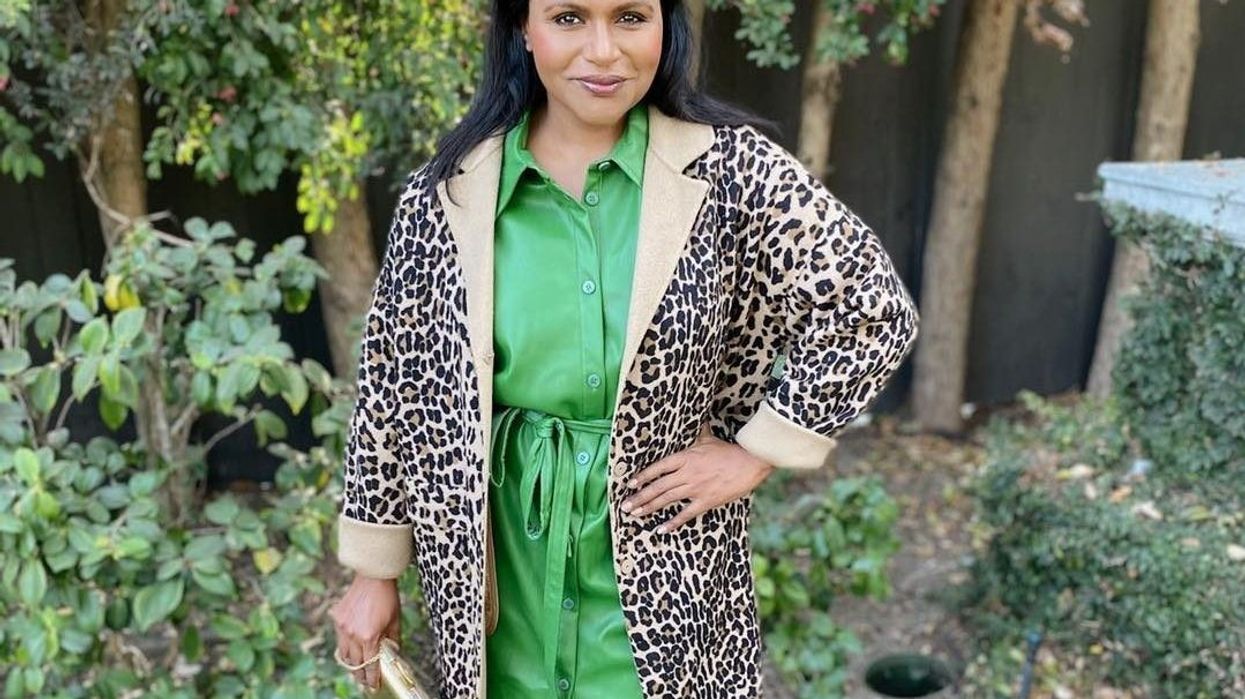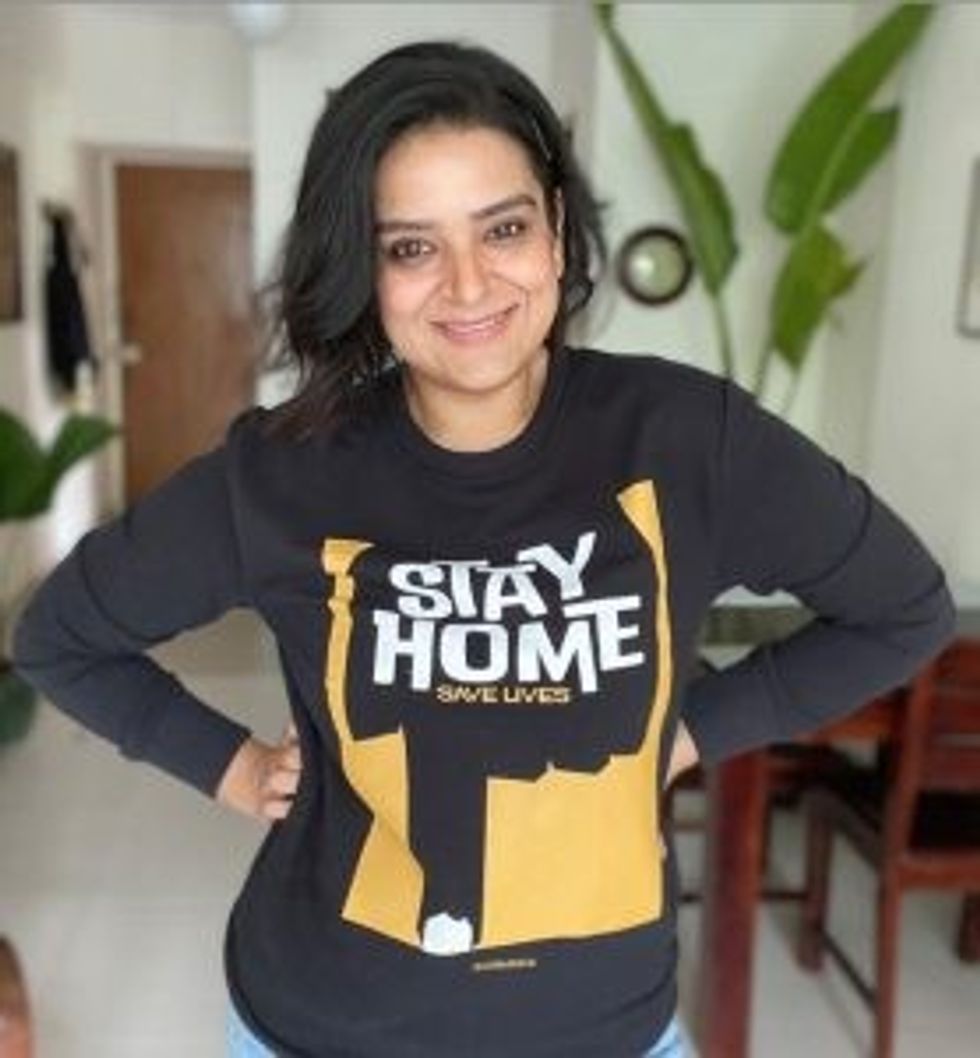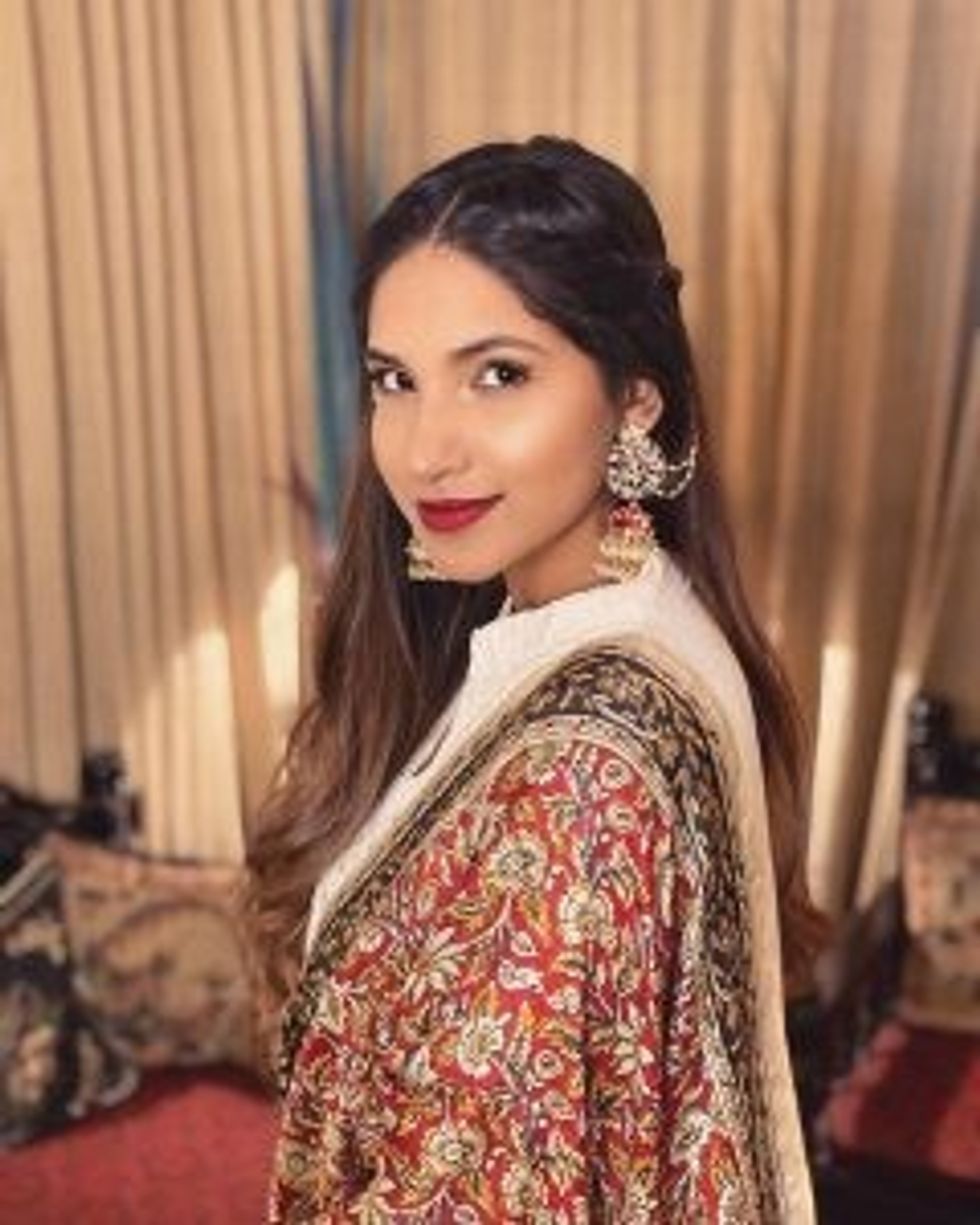TAKE A TRIP WITH THE COMEDY QUEENS ADDING A NEW DIMENSION TO A MALE DOMINATED DOMAIN
by ASJAD NAZIR
GLASS ceilings that existed in the comedy world have been smashed globally by a new generation of fiercely talented funny girls who have brought something new and added a different dimension to all areas of the field.
The comedy stars are at different points in their respective careers and using the genre in diverse ways, but they are connected by the love of making people smile. With no one being able to freely travel due to restrictions, Eastern Eye decided to take readers on a free trip around the world with the help of eight funny females everyone is falling in love with.
Sukh Ojla - United Kingdom: The British actress turned stand-up comedian has had a remarkable rise in a relatively short space of time and in 2020 headlined her first national UK tour. The Punjabi princess of British comedy landed a book deal and has regularly been making high-profile appearances on television, including cult comedy series Mock The Week. With more projects on the way, including finishing her popular tour and headlining high-profile shows, Sukh is set to soar even further in coming years. Instagram & Twitter: @SukjOjla
Kaneez Surka – South Africa: Born and raised in Mthatha, South Africa, the comedian, actress and YouTuber has enjoyed great success. She has done everything from stand-up comedy, improv and funny online videos to a lot of high-profile collaborations in India. The funny girl gained international attention as a judge on Amazon Prime series Comicstaan, which is a stand-up comedy competition and has hosted hilarious Bumble podcast Is Romance Dead. She has never shied away from taboo topics in her comedy and has also been hosting a popular comedy improv battle on YouTube. Twitter & Instagram: @kaneezsurka
Faiza Saleem – Pakistan: The lawyer turned comedian has become a trailblazer in Pakistan and proving to be a major game-changer in the country. Her comedy sketches posted on social media and video sharing sites like YouTube have been watched by millions globally. She also founded Pakistan's first female comedy troupe, The Khawatoons, and inspired a new generation to follow in her footsteps. Faiza also promotes body positivity and has dared to be different every step of the way in a conservative country, which has subsequently led to a rapidly growing fanbase. Instagram: FaizaSaleem90 & Facebook: @faizasaleempage
Saloni Gaur – India: One of the fastest rising comedy stars in the world hasn’t let Covid-19 halt her progress and has been unstoppable. The superbly talented student has lit up social media with her hilarious Hindi language videos and got herself a huge following very quickly, including big-named celebrities. The stars who love her include ones she has satirised brilliantly. She landed her own sketch show on a streaming site, which is nothing like anything that has been broadcast in India before. The massive momentum means the jewel in India’s comedy crown will be sparkling internationally soon. Twitter & Instagram: @Salonayyy
Raba Khan - Bangladesh: The comedy queen from Dhaka in Bangladesh has entertained millions with her hilarious videos on YouTube and been dubbed as the country’s first famous female comedian. The young sensation launched her YouTube channel The Jhakanaka Project in 2014 as a 15-year-old and seen it grow to over 276,000 subscribers. She regularly shares funny videos and has become a household name, but also gone beyond comedy with a fashion line and a best-selling book. The Bangladeshi game-changer is regularly featured on lists of young influencers and is set to rise further in coming years. Facebook: @RabaKhan2013 & Instagram: @RabaKhan

Geraldine Viswanathan – Australia: The talented 25-year-old Australian actress has smashed her way into Hollywood. She made her breakthrough in 2018 comedy Blockers and in 2020 made the leap to leading lady with critically acclaimed film The Broken Hearts Gallery. The fabulously funny film won the hearts of audiences and set up the young actress for a comedy career in international cinema. Her high-profile forthcoming projects include providing the lead voice for computer-animated sports comedy Rumble. Instagram: @yoyogeraldine & Twitter: @yoyogeraldinev
Lilly Singh – Canada: The YouTube comedy queen has gone from entertaining millions of subscribers on the video sharing site to getting her own boundary-breaking prime time talk show A Little Late With Lilly Singh. In 2020, she also got herself hilarious series Sketchy Times With Lilly Singh and signed projects, including providing her voice for a high-profile animated Hollywood project. The comedy superwoman has a strong following with young people and high-profile fans that include big-named Hollywood stars. The cool Canadian is hot property and has become a very strong role model. Twitter & Instagram: @Lilly
Mindy Kaling – USA: Arguably the most successful south Asian funny girl in the world, Mindy Kaling is a multi-talented star, who has skilfully balanced acting, writing and producing. She has delivered high-profile hit TV comedies, web serials and movies, which have all been connected by comedy and making millions laugh. The hard-working star has multiple comedy irons in fire and will continue to climb the Hollywood ladder at a rapid rate. If breaking glass ceilings in American film and TV wasn’t enough, marvellous Mindy is also a best-selling author with multiple books to her name and shown a new generation of women that anything is possible. Twitter & Instagram: @mindykaling


















